Existing harmoniously in a complex society isn’t easy, even for humans. Scientists have long thought that it takes a big brain and high intelligence. But in a study published on Monday, researchers found that the tiny-brained Vulturine Guineafowl go about their days in highly cohesive groups that coexist without the typical aggression common in other group-living birds.
It’s normal to find birds living in colonies, but there is rarely any interaction between groups, and if there is, it takes the form of territorial aggression.Not so with Vulturine Guineafowl, says Damien Farine, principal investigator and co-author of the study in the journalCurrent Biology. In a three-year project in Kenya, Farine and colleagues found that the bald-headed, red-eyed, rotund birds live in multilevel societies, the first time such behavior has been documented in birds.
In a true multilevel society, pairs of animals come together to form stable groups, and these groups then associate by preference—you might almost call it friendship—with specific other groups. This behavior is seen in humans, as well as elephants, giraffes, and dolphins, and was thought to be specific to larger-brain organisms since individuals need to keep track of relationships at different levels. The findings of this study upset that assumption, especially because the Vulturine Guineafowl have small brains even compared to other bird species.
After identifying each of the birds in the study population with colored leg bands and outfitting some with GPS devices, the researchers observed that the guineafowl population of 400 was comprised of 18 distinct social groups that remained stable despite regular association with one another during the day, as well as during night-time roosts. In the wet season, which usually precedes breeding season, guineafowl groups would coexist without much interaction, and with occasional aggression. In the dry season, however, multiple groups would head to the river together to drink water every day.
“What is probably happening is these multigroup aggregations are forming to avoid predation,” Farine says. “In wet season when they spend time on open grassy areas, they are very prone to being attacked by Martial Eagles. And the rivers are an attack point, so hundreds of individuals walking to the river together is probably much safer.”
Farine was studying social dynamics between baboon groups on a field site in Kenya when he encountered the birds. He realized that they, rather than primates, could offer an easier way to take his research on social dynamics in animals to the population level. “I saw these groups moving extremely cohesively throughout the landscape, almost more so than the baboons did,” he says. “I had no idea who were in these groups, and whether it was just aggregations of birds, but watching them move so cohesively is what piqued my interest.”
The distribution of resources and threats like predation likely contributed to how these tiny-brained birds have formed a social system similar to the ones developed by much larger mammals in the same environment, like giraffes and elephants, says David Winkler, a biology professor and an administrator of the Cornell Laboratory of Ornithology who was not part of the study. “They all found this kind of mixing and dispersing social system to be an advantage,” he says.
Because of this, Winkler is not surprised that the Vulturine Guineafowl has adapted complex social structures, but he is intrigued by how little is still known about this commonly seen species. “I just think it’s neat that a lot of other biologists look at ornithologists and say, ‘You know everything about these birds already, why keep studying them?’”he says.“This is just a wonderful example of how much more there is to learn sort of right under our nose.”
As these birds move through the Kenyan landscape in their multi-group packs, they aren’t hard to spot with their luminous blue feathers and polka-dotted bodies. Turns out it doesn’t take a high IQ to realize that there is strength in numbers.
This article was first published by Audubon on 8 November 2019.
What you can do
Support ‘Fighting for Wildlife’ by donating as little as $1 – It only takes a minute. Thank you.

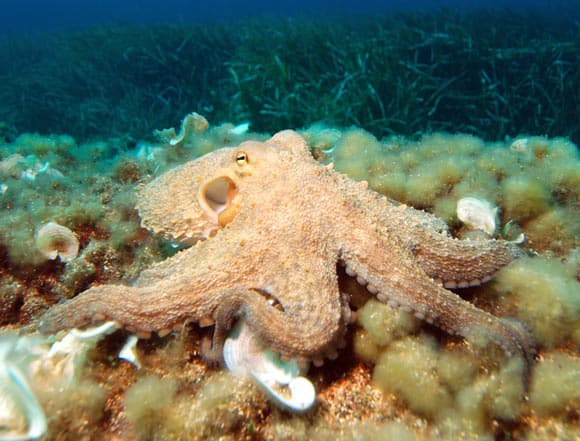
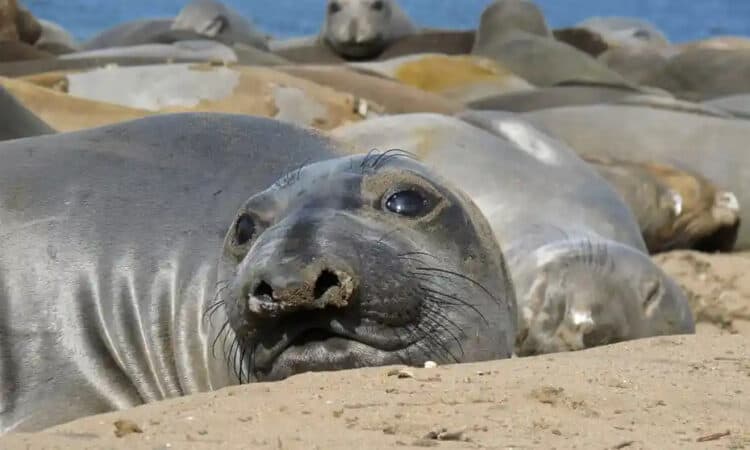
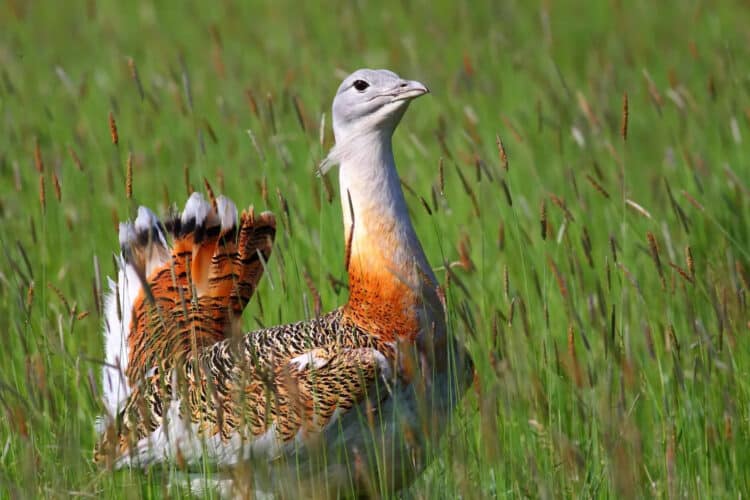
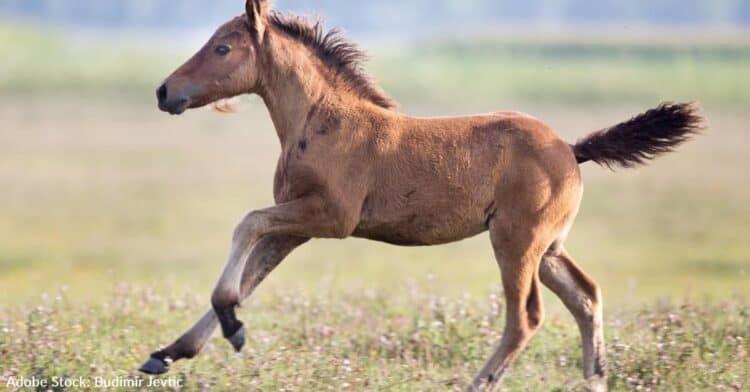
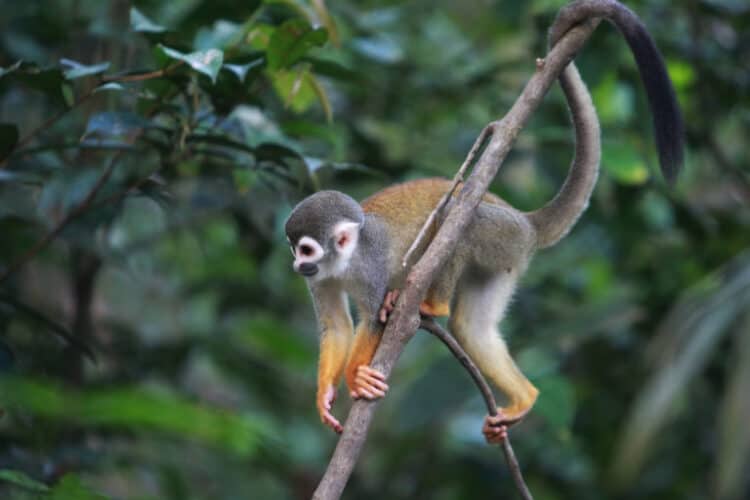

Leave a Reply